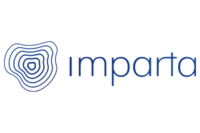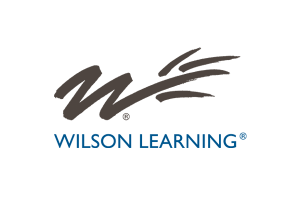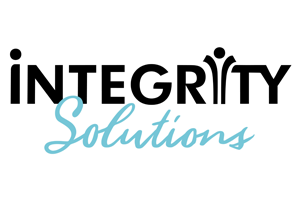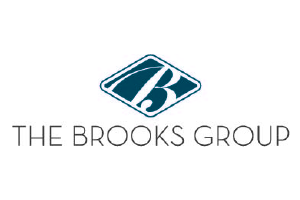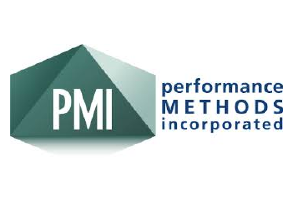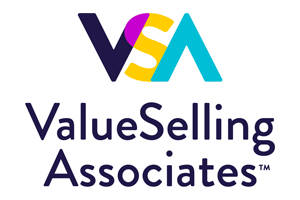Sales has never been easy, but in today’s world, sales organizations face more challenges than ever. It’s not surprising that less than half of sellers are meeting their quotas.
Most revenue organizations invest time and resources to improve sales performance and grow revenue. But all too often, those initiatives fall short of expectations.
There are several reasons why these initiatives fall flat, but a recent survey of 750 sales leaders conducted by Mindtickle found that a lack of visibility is often to blame.
Read on to explore why low visibility into reps’ in-field behaviors and deal outlook negatively impacts your sales success and how you can unlock insights to deliver relevant, effective training and support that improves sales outcomes.
A Lack of Insight Into Reps’ Behaviors Hinders Personalized Sales Enablement
A decade ago, it was rare to find an organization with a dedicated sales enablement department. Training and support to sellers often came in the form of general onboarding delivered by the training team. More specialized sales enablement was delivered on an ad hoc basis — often by a sales or marketing team member.
Today, that’s no longer the case. According to G2, the sales enablement function has experienced a 343% increase in adoption in the past five years. In fact, 84% of organizations are investing in a sales enablement team.
This explosive growth makes sense. When done well, sales enablement can significantly impact the key performance indicators (KPIs) that matter most to revenue organizations.
However, many organizations still take a “one-size-fits-all” approach to sales enablement. They develop generic training and content and expect each rep to consume it — regardless of whether they need it. Enablement teams often focus on completion metrics rather than on how (or whether) an initiative is improving reps’ skills and in-field behaviors. This approach is ineffective for boosting seller performance.
Instead, organizations must focus on delivering content personalized to each seller’s needs. Unfortunately, many organizations don’t understand what those needs are. A mere 40% of C-level executives say they can identify rep strengths and weaknesses for customized training.
A top goal of any revenue organization is to build a team of great sellers. The first step is to define what “great” means.
Start by looking at your top performers to determine what skills and competencies make them successful. This will vary by role. For example, sales development representatives require different skills and competencies than pre-sales engineers.
Once you’ve identified the key skills and behaviors needed for each role, create role-based competency profiles. These profiles can serve as a guide when hiring new employees. In addition, existing sellers should be measured against these profiles regularly. This allows sales enablement teams and managers to identify lagging skills and deliver personalized training, enablement, and coaching to close gaps and improve sales performance.
When enablement teams can identify sellers’ strengths and weaknesses, they can build and deliver customized enablement programs focusing on skill gaps. For example, if an enablement manager finds that a large cohort of sellers struggles with discovering customer pain points, they can design a course on discovery and have reps practice with virtual role-plays and customer scenarios to improve their game. Conversely, if another cohort excels in discovery, they should be allowed to skip that course.
Each seller will have personalized learning paths based on their strengths and weaknesses. This way, sellers aren’t bogged down by generic training irrelevant to their needs, and they can spend more time engaging with buyers and closing deals.
Without Deal Visibility, Sales Managers and Training Teams Can’t Intervene to Mitigate Risk
Countless factors determine whether a deal is won or lost. Sales and training teams must have a holistic view of these factors.
Deal visibility is key to accurate forecasting. Accurate forecasts enable sales teams to make more informed decisions about factors that impact revenue generation, including goal-setting, hiring and prospecting. Yet, according to Gartner, just 45% of sales leaders feel highly confident in the accuracy of their forecasts.
In addition, visibility enables sales and training teams to gauge deal health and identify risks. With the right insights, these teams can work with sellers to mitigate risks and improve sales outcomes.
For example, with full visibility into deals, training and enablement professionals can identify areas where sales teams need more support or skill development. If a pattern of deals falters at the negotiation stage, this could indicate a need for more focused negotiation training. Training and enablement teams can then develop and deliver the appropriate training that mitigates risk and improves sellers’ performance.
Revenue organizations need complete insight into the myriad factors that influence the success or failure of their deals. But often, that’s not the norm. Most companies, large and small, have less than 100% visibility into deal outcomes.
A lack of visibility is common across all industries. However, some sectors are especially pronounced. For example, nearly 60% of revenue organizations in the technology sector have less than 50% visibility into deal outcomes, and a mere 13.5% have 100% visibility. In the manufacturing sector, nearly 70% of organizations have less than 50% visibility, and about 10% have 100% visibility.
Employing the right tools and strategies is foundational to gaining full insight into deals. Then, sales and training teams can leverage these insights to take appropriate action.
Without full visibility, at-risk deals may not come to light until it’s too late. But with proactive monitoring, sales managers can identify problems immediately and provide the right coaching and support to modify reps’ behaviors and improve the deal’s outcome.
Furthermore, better visibility allows training and enablement teams to identify common pitfalls in the sales process — and design interventions to address them. With the right interventions in place, sellers can close more deals.
It’s Time To Unlock Visibility To Improve Training Effectiveness – And Boost Sales Performance
A lack of visibility is a significant (and common) barrier to sales success. Now’s the time to ensure you have the right tools and processes to understand reps’ skills, behaviors and deal outlook holistically.
When you have full visibility, you can develop and deliver customized training and support relevant to each seller’s needs. Then, every sales team member will have what they need to overcome common barriers in the sales cycle and close more deals.


